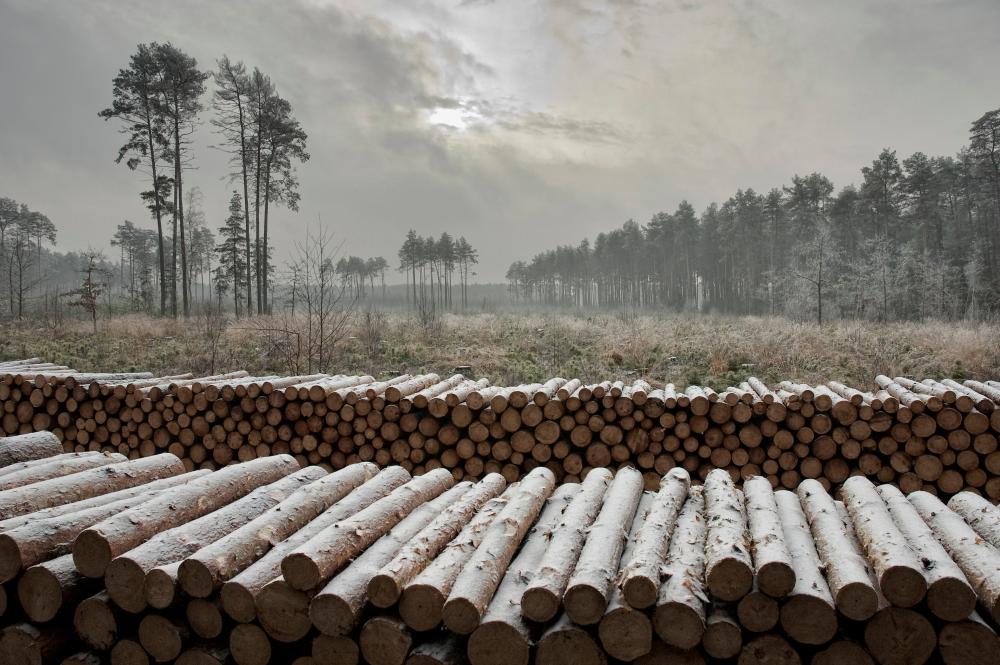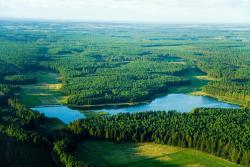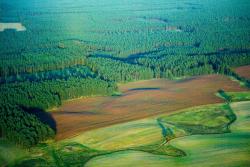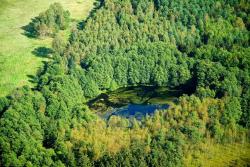 Asset Publisher
Asset Publisher
Sale conditions
Sale conditions of wood are specified by the regulation of Director – General of the Sate Forests.
Within the framework of the individual sale , the foresters try to meet the fast growing demand, because more and more people use wood in order to heat their houses. Contrary to general opinion, these are not only village people, even though they prevail among recipients. The growth of firewood demand is the result of occurrence of new housing estates built in the suburbs of large agglomerations, where houses are usually equipped in fireplace heating installations.
Firewood is not only the most ecological heat source, but also is much more attractive in respect of relation of price and electric efficiency, rather than cola, oil, gas or electric power.
In recent years, the Sate Forests increased the sale of firewood of one third – up to over 4 million cubic meters annually. Firewood is not only the most ecological heat source, but also is much more attractive in respect of relation of price and electric efficiency, rather than cola, oil, gas or electric power. Some of customers choose already prepared and cut into pieces wood, the others very willingly obtain it by themselves after arranging all details and fulfilling particular safety conditions, and after paying the fee; that concerns mainly so called "thinnings". Such a raw material is very cheap, that is why many people from village areas profit from such possibility.
 Asset Publisher
Asset Publisher
 Asset Publisher
Asset Publisher
Nasze lasy
Nasze lasy
Głównym gatunkiem lasotwórczym jest sosna, panująca na 85,66% powierzchni. Ważnymi gatunkami są również: buk - 5,25% powierzchni, brzoza (3,94%), świerk (1,66%), olsza (1,67%), dąb (1,25%).
Pozostałe gatunki występują sporadycznie na niewielkich powierzchniach. Lesistość całego terytorialnego zasięgu działania nadleśnictwa wynosi około 61% tworząc w zasadzie jeden zwarty kompleks leśny. Gleby w Nadleśnictwie Trzebielino są dobrze rozpoznane. Nadleśnictwo posiada operat glebowo siedliskowy opracowany w 1998 roku. Dominujący typ to gleby rdzawe, które występują przeważnie w terenach równych, na piaskach luźnych i słabo gliniastych z domieszką żwiru w górnych poziomach. Tworzą siedliska borów świeżych, borów mieszanych świeżych i lasów mieszanych świeżych.
Podział lasów na kategorie
| Kategoria lasu | Powierzchnia (ha) |
| I.Rezerwat | 29,21 |
|
II. Lasy ochronne-razem w tym:
|
1 630,24 25,36
|
| III. Lasy gospodarcze | 16 761,70 |
| Razem | 18 421,15 |
Procentowy udział powierzchniowy gatunków panujących











